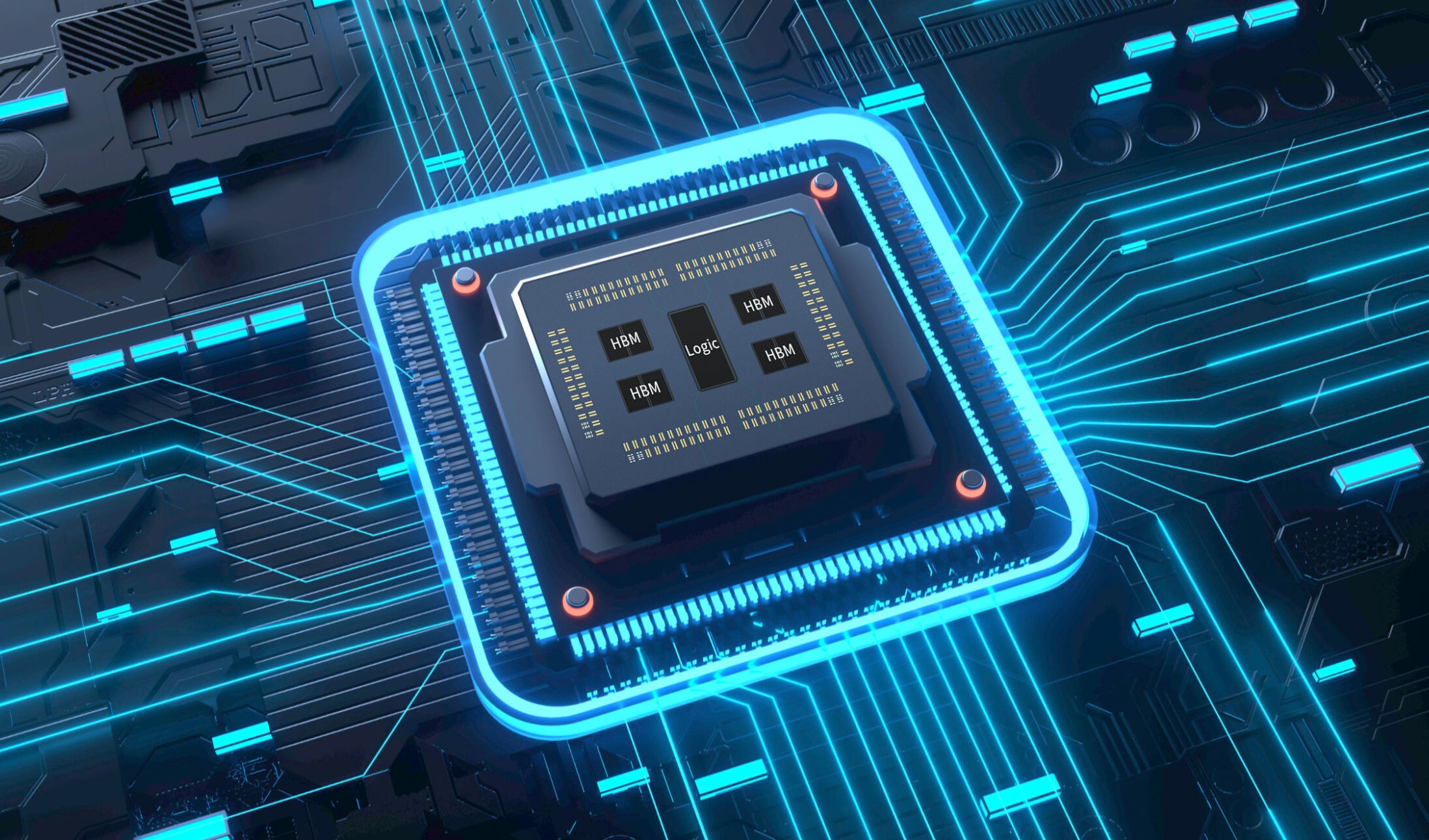Utilization in the semiconductor industry
The rapid development of the semiconductor industry requires achieving smaller spacing, thinner substrates, and high-quality chip bonding.Laser assisted bonding technology is suitable for advanced semiconductor packaging with high demand for precise heating control in speed, accuracy, local and even extremely small areas. Compared to traditional reflow soldering and TCB, laser assisted bonding does not require additional measures to avoid thermal expansion. It has obvious advantages in bonding temperature, operation time, and heat affected zone size, making it the best choice for direct bonding of high-precision chips.
Our product, the LBS-M laser system, utilizes this technology and has all the benefits that make it an ideal solution for most semiconductor applications.
Laser assisted bonding is also widely used in die attachment processes:
- laser reflow for flip chips
- laser soldering with eutectic preform
- laser soldering with paste
- laser compression bonding
- laser substrate heater
- laser substrate heater for wire bonding

Laser assisted bonding process flow
Placement of dies and laser reflow are separated into two stations with matching UPH, enabling 5 – 8 x throughput gain compared to TCB.

LAB advantages over TCB (Thermal Compression Bonding)
| Less energy input | Faster processes | Higher quality | |
| LAB |
|
|
|
| TCB |
|
|
|
Laser compression bonding
Laser Compression Bonding (LCB) is an advanced packaging technology that combines laser technology and thermo-compression bonding.
The laser compression bonding equipment includes components such as a transfer unit, a bonding head; the bonding head contains a bonding tool for applying pressure, a laser beam generator, a thermal imaging camera, and a compression unit for controlling the pressure and position; the laser beam generator is used to provide precise temperature control during the bonding process, and the thermal imaging camera is used to measure the temperature of semiconductor chips and substrates.
LCB technology is mainly used for semiconductor chip packaging, and its advantages include:
- Precise temperature control: The laser beam can provide localized heating, ensuring uniform and precise temperatures in the bonding area.
- Efficient production: Laser-assisted bonding speeds up the bonding process and increases productivity.
- High-quality bonding: Laser compression bonding provides a better surface finish and more uniform pressure distribution, resulting in improved bonding quality.
Compared to traditional hot press bonding, laser compression bonding is more precise in temperature control and reduces the risk of oxidization and contamination, thus improving the reliability and quality of the bond.
| Warpage control with vacuum tool | Solder height control | Rapid temp. ramp up | Rapid temp. ramp down | |
| LCB | √ | √ | √ | √ |
| TCB | √ | √ | √ | × |
 DYNALAS
DYNALAS